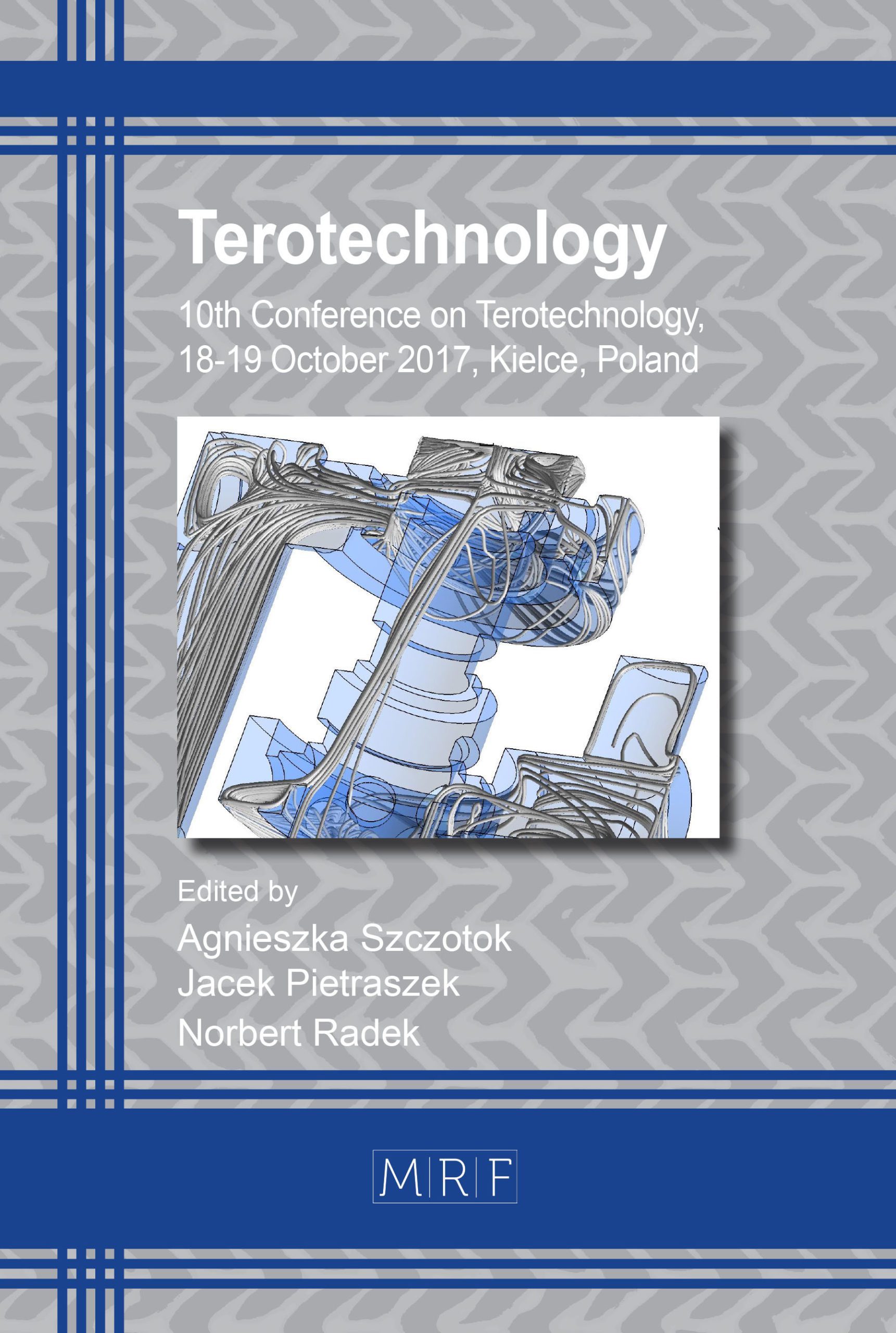The Machines Operation Effectiveness Analysis in Polish industry enterprise
STASIAK-BETLEJEWSKA Renata
download PDFAbstract. TPM (Total Productive Maintenance) is one of the main Total Quality Management components. It is an activity aimed at increasing the productivity and efficiency of processes related to maintaining traffic by increasing creative involvement of operational employees involved in these processes. The primary goal of TPM is zero failures and zero defects resulting from machines and devices operation. Machine operation effectiveness and machine modernity level analysis presented in the paper allows for identifying the machine effectiveness level that determines the product quality level in the selected textile industry enterprises.
Keywords
Geosynthetics, Quality, Machine Operation Effectiveness, ABS Method
Published online 7/16/2018, 6 pages
Copyright © 2018 by the author(s)
Published under license by Materials Research Forum LLC., Millersville PA, USA
Citation: STASIAK-BETLEJEWSKA Renata, ‘The Machines Operation Effectiveness Analysis in Polish industry enterprise’, Materials Research Proceedings, Vol. 5, pp 194-199, 2018
DOI: http://dx.doi.org/10.21741/9781945291814-34
The article was published as article 34 of the book Terotechnology
![]() Content from this work may be used under the terms of the Creative Commons Attribution 3.0 licence. Any further distribution of this work must maintain attribution to the author(s) and the title of the work, journal citation and DOI.
Content from this work may be used under the terms of the Creative Commons Attribution 3.0 licence. Any further distribution of this work must maintain attribution to the author(s) and the title of the work, journal citation and DOI.
References
[1] Recommended descriptions of geosynthetics functions, geosynthetics terminology, mathematical and graphical symbols. International Geosynthetics Society, 2000.
[2] PN-EN ISO 10318:2007 Geosyntetyki. Terminy i definicje.
[3] J. Łunarski J. Zarządzanie jakością. Standardy i zasady, Wydawnictwo Naukowo – Techniczne, Warszawa, 2008.
[4] S. Borkowski, R. Ulewicz, J. Selejdak, M. Konstanciak, D. Klimecka-Tatar, The Use of 3×3 Matrix to Evaluation of Ribbed Wire Manufacturing Technology. METAL 2012. 21st International Conference on Metallurgy and Materials. Conference Proceedings. TANGER. May 23rd – 25th, Brno, Czech Republic. 2012.
[5] S. Borkowski, J. Selejdak, S. Salamon. Efektywność eksploatacji maszyn i urządzeń, Wydawnictwo Wydziału Zarządzania Politechniki Częstochowskiej, Częstochowa 2006.
[6] J. Pietraszek, M. Kolomycki, A. Szczotok, R. Dwornicka, The Fuzzy Approach to Assessment of ANOVA Results, Computational Collective Intelligence, ICCCI 2016, PT I, Lecture Notes in Artificial Intelligence 9875 (2016), pp. 260-268
[7] M. Urbaniak. Zarządzanie jakością. Teoria i praktyka, Wydawnictwo Difin, Warszawa. 2004.
[8] R. Ulewicz, D. Jelonek, M. Mazur, Implementation of logic flow in planning and production control, Management and Production Engineering Review 7/1 (2016), pp. 89-94. https://doi.org/10.1515/mper-2016-0010
[9] Maszke A., The analysis of machine operation and equipment loss in ironworks and steelworks, Production Engineering Archives 17(2017), pp. 45-48. https://doi.org/10.30657/pea.2017.17.10
[10] S. Stasiak-Betlejewska, R. Ulewicz, The effectiveness of selected machinery and equipment in the woodworking joinery, Path forward for wood products: a global perspective, Proceedings of scientific papers, 2016 , pp. 149-156.
[11] T. Ylipaa, A. Skoogh, J. Bokrantz, Jon; et al., Identification of maintenance improvement potential using OEE assessment, International journal of productivity and performance management 66(1)2017. pp.126-143. https://doi.org/10.1108/IJPPM-01-2016-0028
[12] A. Tifan, Directions for improving management accounting in the textile industry enterprises, Industria Textila 65(2) 2014, pp.101-106































